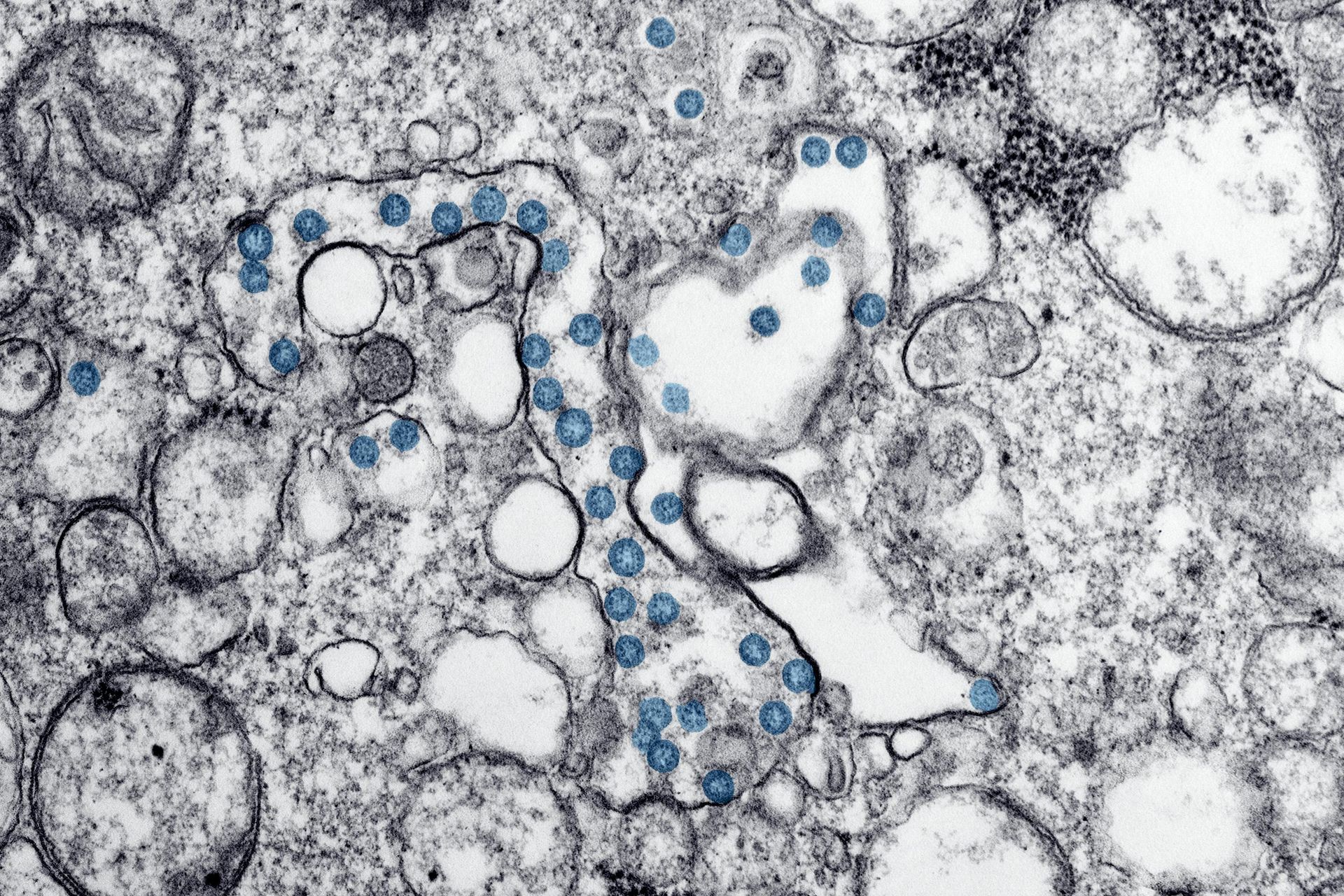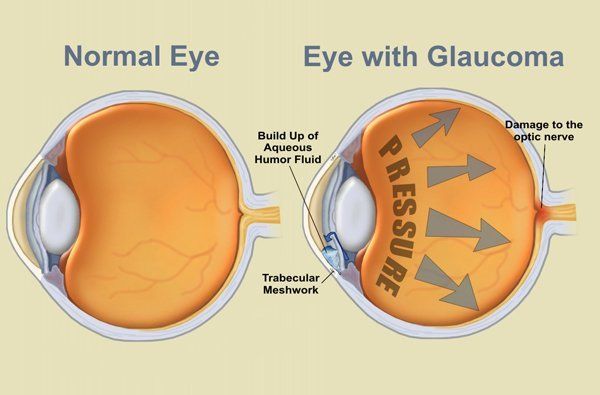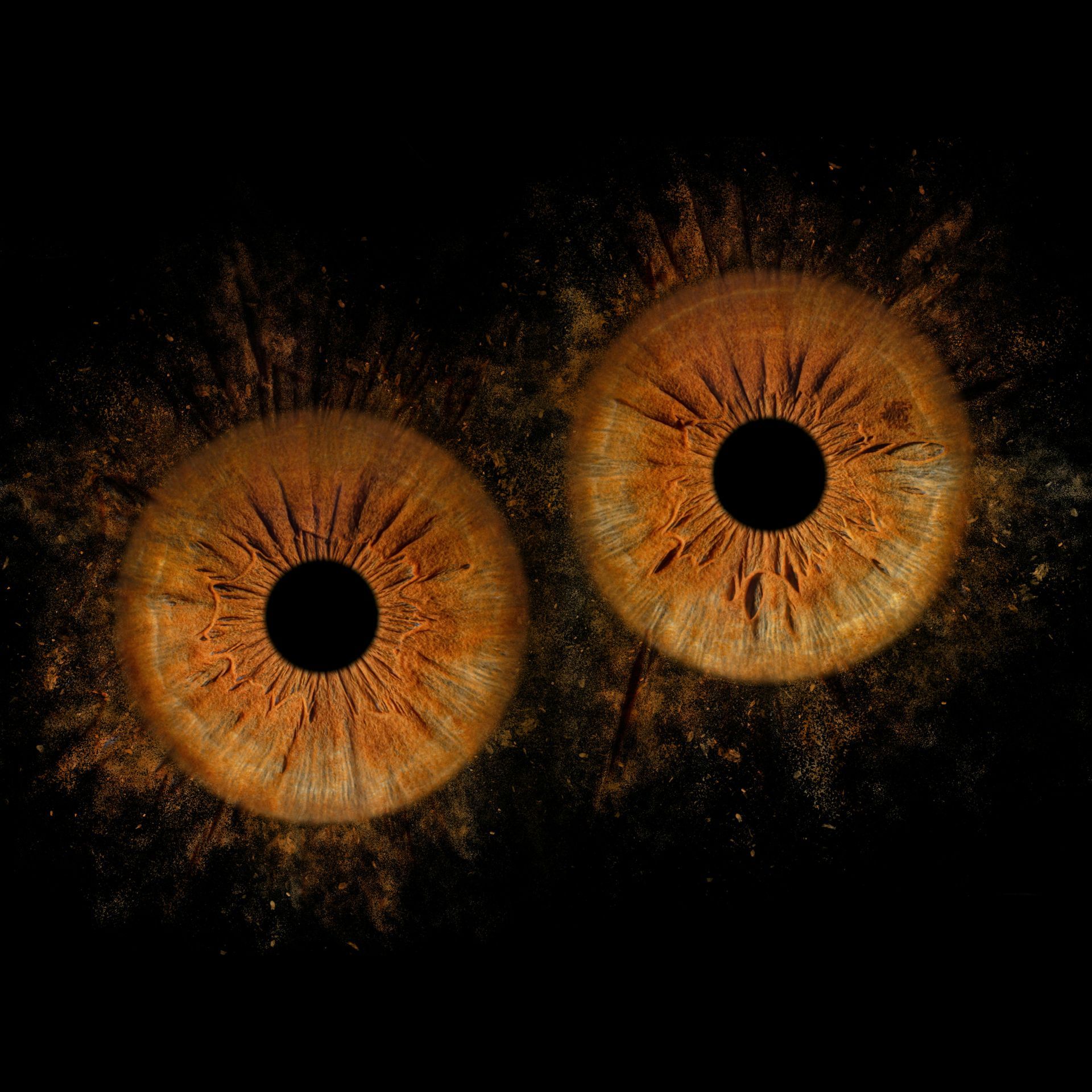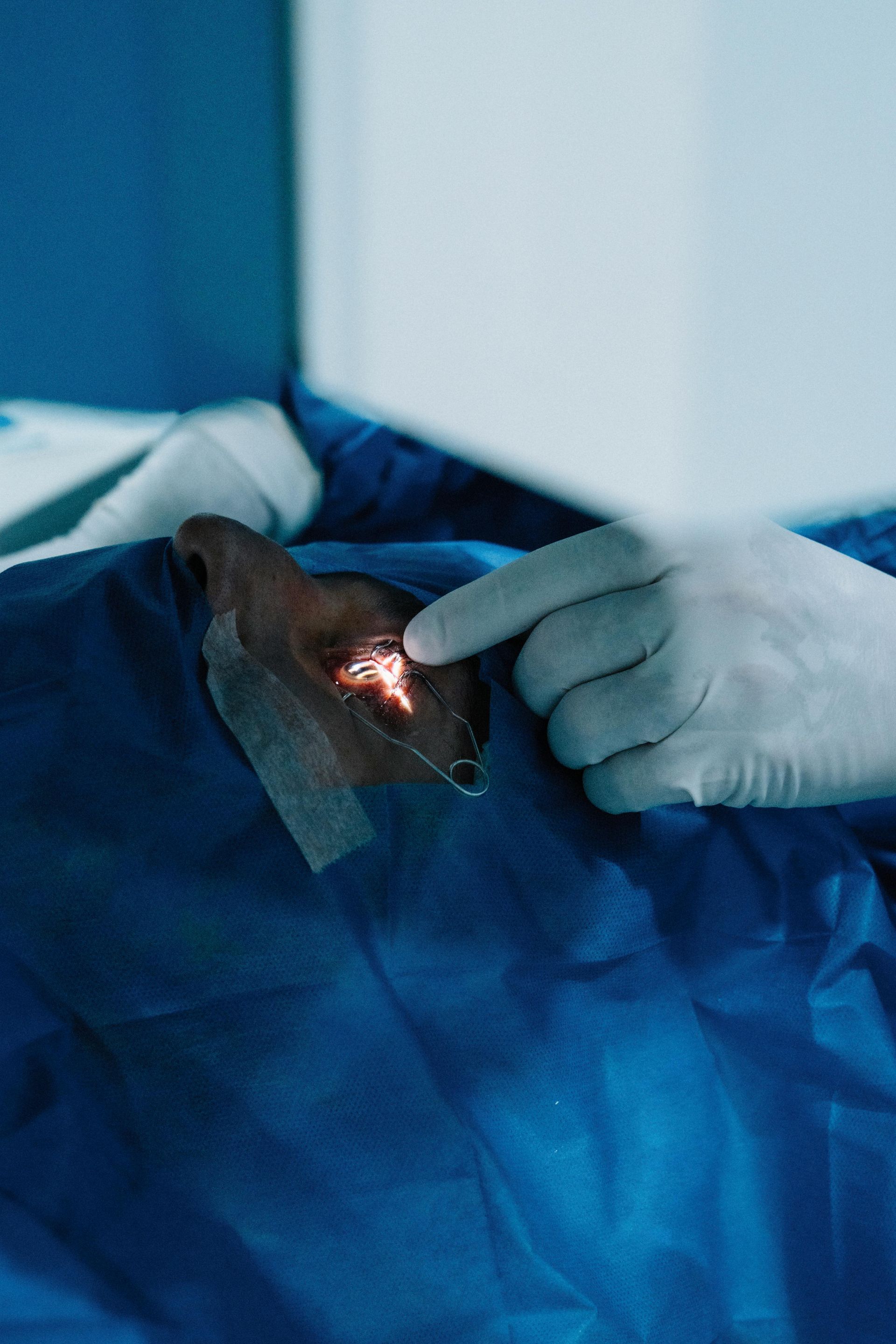the good doctor on: What is all the hub-bub about omega 3’s?
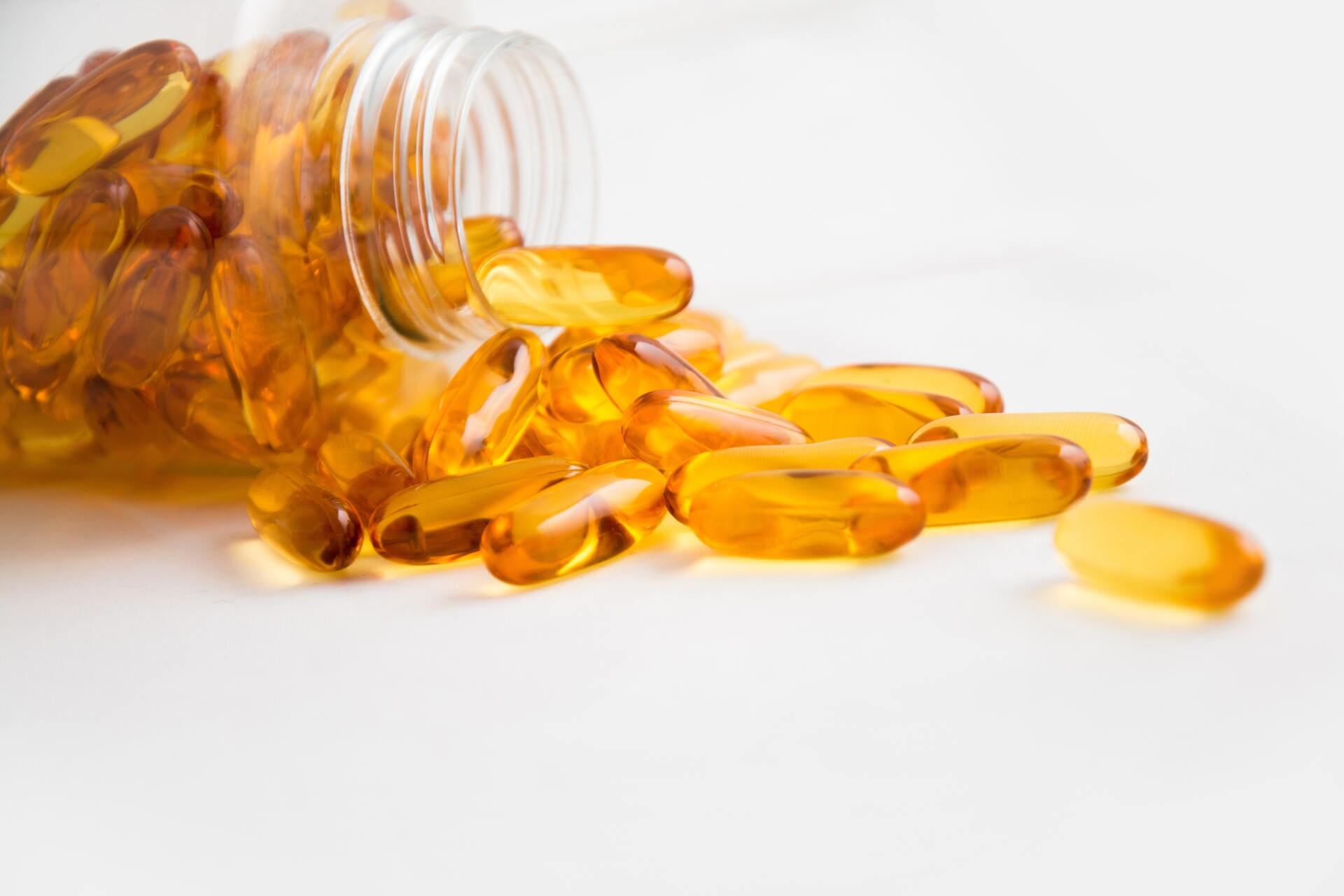
Blog Vol.II, # 5. What is all the hub-bub about omega 3’s?
There has been a lot of discussion about the benefits of taking omega 3 fatty acids. Initially, increased omega 3 was linked to a reduction of triglyceride levels in the blood and thus linked to a reduction in the risk of cardiovascular disease. More recently, omega 3 has been found helpful in the reduction of inflammation and eye dryness. A few blogs ago I discussed Tarsal glands and their critical role in stable, healthy tear formation and overall eye health. Omega 3’s are the oils that end up in these glands and enhance their functioning.
Recommended daily doses of omega 3 are in the 3000 mg range for a combination of DHA (Docosahexaenoic acid) and EPA (Eicosapentaenoic acid), two different types of omega 3. To get that much omega 3 one would have to consume 37 tins of tuna every week. There are so many reasons why that’s not going to happen. I don’t even think Hobbes, Calvin’s feline friend, would go through that much tuna in a week.
To make the consumption of the recommended omega 3 possible, the fish oils have been concentrated into a liquid or soft gel form for daily consumption. The problem is that these new esterified forms are nasty tasting and not readily absorbed by the body. It takes another step to make these concentrated oils reform back to the triglyceride form, which is the best form for our purposes.
At Burlington Eyecare we use PRN brand omega 3’s for treating dry eye. There are other brands out there, such as Nutrasea, that also provide the most useable omega 3. The body breaks down the fatty acid chains into their constituent parts and they arrive at the Tarsal glands to make the free flowing meibum that we all need to prevent dry eyes. Not all omega 3’s on the market, however, have been returned to the triglyceride form, so the consumer is not getting the full benefit of the omega 3’s they are consuming. Do your research.
Omega 3’s do have some side effects, like causing some blood thinning, so if you are already on a blood thinner, consult your physician. Omega 3’s can also reduce your blood pressure, again a word of caution if you are already on anti-hypertensives.
Wanted side-effects, are the reduction of inflammation throughout the body, for instance in helping with rheumatoid arthritis and reduced risk in heart disease.
We prescribe Omega 3 fatty acids for Dry Eye Disease, and for specific conditions like Acne Rosacea. Once again, we recommend an eye exam and, if necessary, a dry eye assessment.
Til next week,
the good doctor, Dr. Mark Germain, Burlington Optometrist

